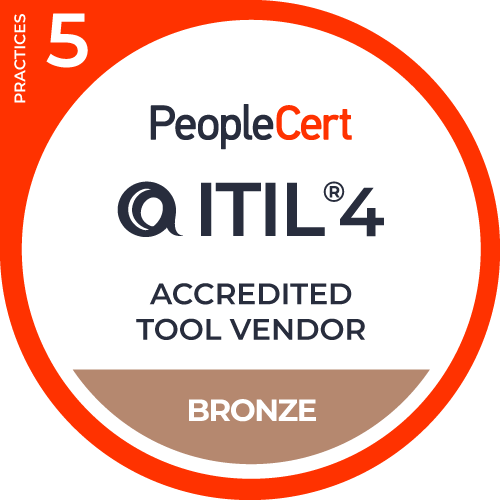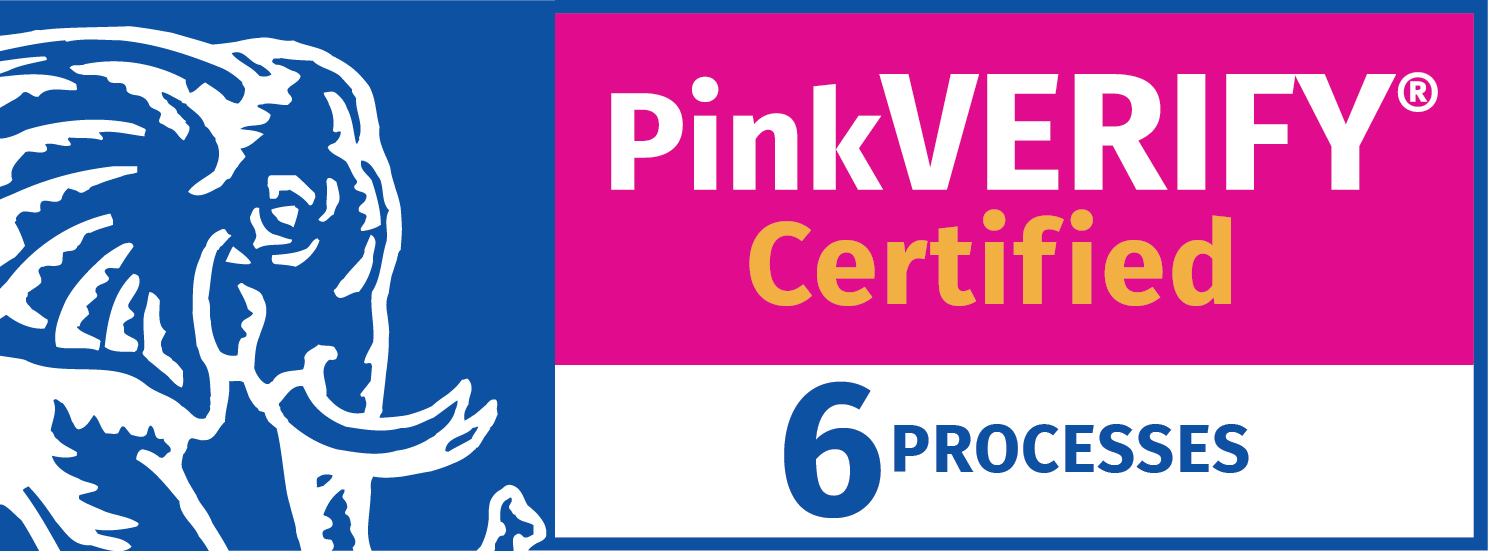The latest version of the ITIL IT service management (ITSM) best practice guidance – ITIL 4 – was released in 2019. Unlike ITIL v3/2011, this positioned the service desk as a practice – the replacement for process-based guidance – within the service management practices. For most organizations, the IT service desk remains the single point of contact for IT and the custodian of incidents and service requests. To help, the latest version of ITIL now offers more service desk guidance than ever – especially related to automation, customer experience (CX), and the required people skills. Please keep reading to find out more as we offer up five key guidance points from the ITIL 4 service desk practice content.
1. “Practice makes perfect” for the IT service desk
It’s important to appreciate that the service desk is now a practice rather than a function – and ITIL v3/2011 described a function as a team or group of people who perform a set of activities. We don’t know about you, but this function view always seemed a bit cold to us.
The IT service desk is the heart of your IT organization. Everyone from a director to the person on their first day of employment will need to interact with it, so it needs to be more than a “function.” It seems that AXELOS agrees with this view – including this blog which puts the service desk at the heart of the ITIL 4 service value chain (SVC).
2. The IT service desk is a business enabler
The IT service desk has evolved. The focus has moved from logging incidents and requests to providing end-to-end support for the business. The IT service desk can be a key driver in improving CX because, by engaging with people and understanding the business impact of an incident or request, it’s better placed to prioritize and resolve effectively – improving both service levels and customer satisfaction.
3. The service desk requires “service empathy”
Our favorite part of the new service desk guidance is the concept of “service empathy.” ITIL 4 defines it as “The ability to recognize, understand, predict, and project the interests, needs, intentions, and experiences of another party in order to establish, maintain, and improve the service relationship.”
Put simply, people are at the heart of the IT service desk. Gone are the days of service desk agents being banished to the basement, answering every call by asking this question. As well as having technical skills, your service desk team should be able to practice empathy and have great communication skills. You can always train people on the technical side of things but knowing when to let the customer vent versus when to gently steer the conversation back to the issue at hand can be the difference between a terrible experience (and outcome) and a great one.
4. Increased focus on automation
We now live in a world of Siri, Alexa, and Cortana. The new ITIL 4 service desk practice recognizes the use of artificial intelligence (AI), robotic process automation (RPA), and chatbots. Some of the practical examples include:
- Virtual agents or digital assistants that provide solutions drawn out of data models and previous interaction history.
- Automated run books to start, stop, monitor, or debug an IT system by following a series of predefined steps to maintain or restore service.
- RPA to provide automated logging of tickets for business-critical systems.
5. Omnichannel access
The service desk has always had a number of ways for customers to get in contact, but it’s moved on from being simply phone, email, or walk-up. Here is some of the channel technology-assistance suggested in ITIL 4:
- Phone calls – there will probably always be a need for phone calls, but technology can help. Some examples are guided IVR routing, voice recognition, and keyword lookups which can make the process more efficient.
- Service portals and apps – one of the benefits of digital transformation is that many of your customers are much more comfortable using web portals and apps. By offering an app to end users, you’re offering more than the ability to log tickets – they can log issues while doing other tasks and can get status updates via push notifications instead of having to contact the service desk multiple times.
- Email – link your ITSM tool to your email client so that emailing the service desk automatically logs a ticket and sends an acknowledgment back to the customer.
- Walk-up – Apple has transformed the walk-up channel via its Genius Bar concept. We can apply the Apple approach to our IT service desk environments and, done well, it can make the support experience more personalized and improve customer satisfaction.
- Chat and social media – this can be a game-changer in terms of productivity because service desk technicians can normally talk to multiple customers at a time. Plus, pre-defined, templated responses for the most commonly reported issues can be used to save time and reduce disruption to customers.
- Social forums – for peer-to-peer support.
The reality is that some of our colleagues like dealing with IT in person, some like being able to send an email, and others would rather use self-help. So it’s important to offer people options such that they can engage in the way that feels most comfortable for them. Just make sure that whatever channels you offer are underpinned by a solid knowledge base so that experience is consistent, and users get a positive outcome no matter which option they use.
That’s our take on the new ITIL 4 service desk practice. What else would you add to this? Please let us know in the comments.




